The turbines pictured above are now part of the Ormonde wind farm, built by Swedish-based energy firm Vattenfall. The site, located off the Cumbrian coast, has 30 of the five-megawatt turbines in total and should be able to power around 100,000 homes.
Professor Dieter Helm, from the University of Oxford, on why he thinks offshore wind farms are too expensive
By 2020 the government hopes that 15% of the UK's energy will come from renewable sources with wind energy making a key contribution.
But although the UK has access to some of the world's best resources for producing wind energy, offshore wind farms remain an expensive way of producing electricity.
Professor Dieter Helm, an economist from the University of Oxford, told the BBC he doubted a large expansion in offshore wind power was affordable. He said: "Offshore wind is one of the very few things that makes nuclear power look cheap."
Timelapse footage reveals the tricky operation of getting turbines ready for their journey out to sea
 *Can carry a higher cost as the farms are sited further out to sea and are in deeper water
*Can carry a higher cost as the farms are sited further out to sea and are in deeper water
The graphic above refers to energy projects started in 2009. As time passes costs are expected to drop, the government hopes that offshore wind can reach £100/MWh by 2020.
~RS~q~RS~~RS~z~RS~16~RS~)











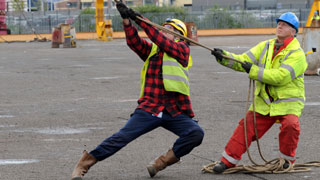
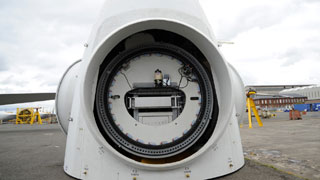
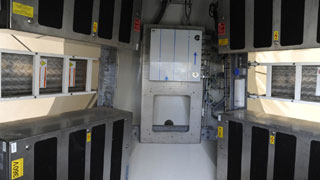


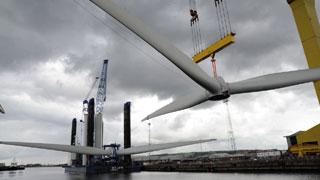

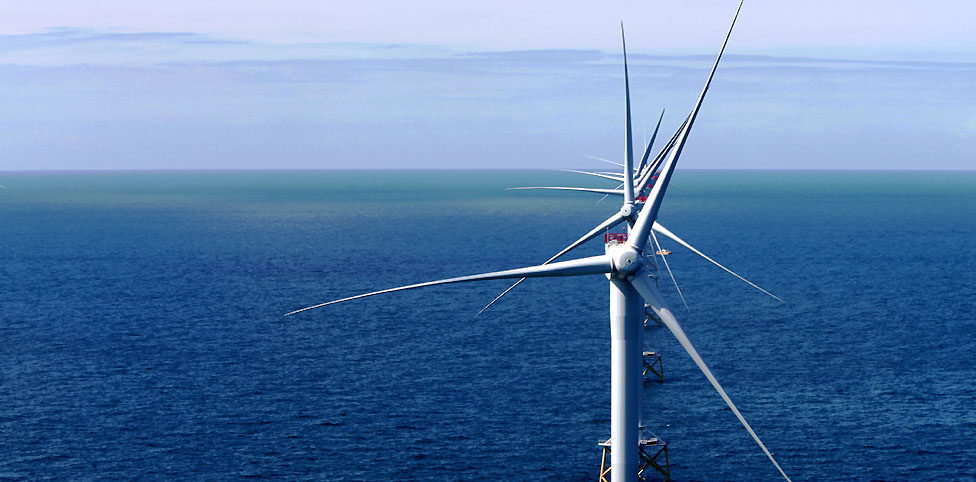
 Drones bounce back from collisions
Drones bounce back from collisions